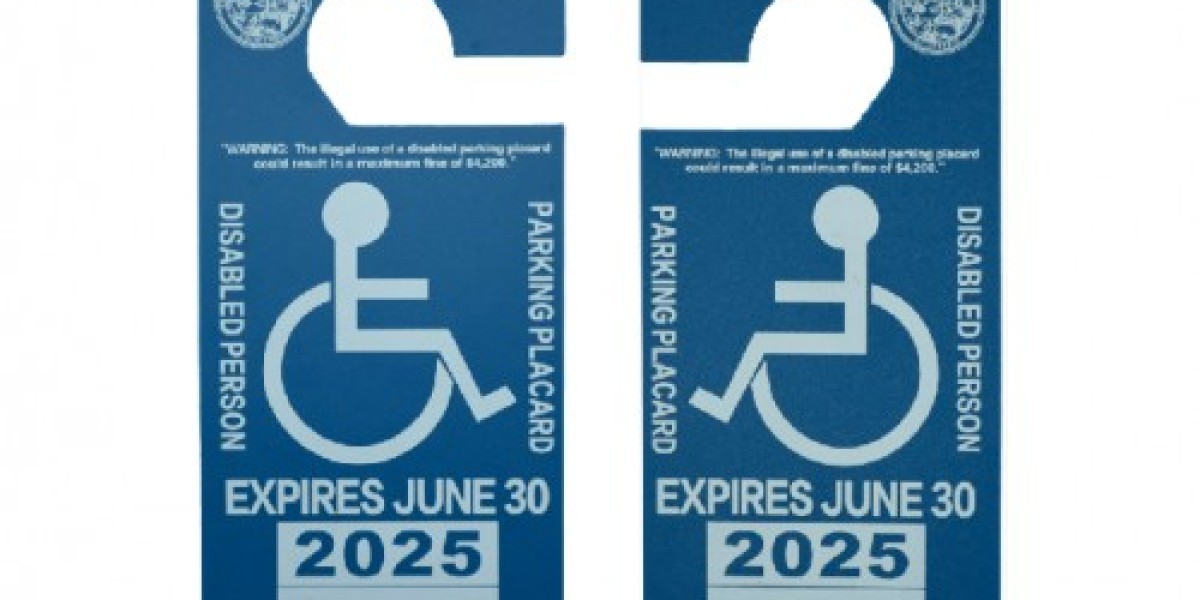In California, a handicap permit california can significantly improve mobility and access for individuals with disabilities. These permits provide access to designated parking spaces, ensuring that those with mobility challenges can park closer to their destinations. This guide covers the eligibility criteria, application process, types of permits available, and the benefits of having a handicap permit in California.
Eligibility for a Handicap Permit
To qualify for a handicap permit in California, individuals must have a condition that significantly impairs mobility. The following conditions typically qualify:
- Loss of the use of one or more lower extremities.
- Severe limitation in the ability to walk due to an arthritic, neurological, or orthopedic condition.
- Lung disease to the extent that forced (respiratory) expiratory volume for one second, when measured by spirometry, is less than one liter.
- A diagnosed disease or disorder that substantially impairs or interferes with mobility.
- Cardiovascular disease to the extent that functional limitations are classified in severity as Class III or Class IV according to the standards accepted by the American Heart Association.
- A permanent visual impairment that is classified as a visual acuity of not more than 20/200.
Types of Handicap Permits
California offers several types of handicap permits to accommodate different needs:
- Permanent Placards: These are issued to individuals with permanent disabilities and must be renewed every two years. Renewal is free and does not require re-certification by a medical professional.
- Temporary Placards: These are issued to individuals with temporary disabilities and are valid for up to six months. Renewal requires re-certification by a medical professional.
- Travel Placards: These are available for California residents who already have a permanent placard and need a temporary placard for travel purposes.
- Disabled Person (DP) License Plates: These are issued to individuals with permanent disabilities and replace standard license plates on the vehicle.
Application Process
The application process for a handicap permit in California is straightforward:
- Medical Certification: Obtain certification from a licensed physician, surgeon, chiropractor, optometrist, or other certified medical professional. They must complete and sign the Medical Provider’s Certification of Disability section of the application.
- Complete the Application: Fill out the Application for Disabled Person Placard or Plates (Form REG 195). This form is available on the California Department of Motor Vehicles (DMV) website or at any DMV office.
- Submit the Application: Submit the completed application to the DMV. This can be done in person at a DMV office or by mail to the address provided on the form.
- Receive Your Permit: Once the application is processed and approved, the DMV will issue the handicap permit.
Benefits of a Handicap Permit
Having a handicap permit in California offers several benefits:
- Access to Designated Parking Spaces: These spaces are usually closer to entrances of buildings and are wider to accommodate the use of mobility aids.
- Parking Fee Exemptions: Permit holders can park in metered spaces without paying, in spaces with time limits without adhering to the limits, and in some designated permit areas without needing a residential or commercial permit.
- Increased Mobility and Independence: The permit allows individuals with disabilities greater access to public and private facilities, enhancing their independence and quality of life.
Conclusion
Obtaining a handicap permit California is a valuable step towards improving mobility and accessibility for individuals with disabilities. By understanding the eligibility requirements, types of permits available, and the application process, eligible individuals can take full advantage of the benefits provided by the permit. It is important to follow the proper procedures to ensure compliance with state regulations and to enjoy the enhanced accessibility and convenience that come with having a handicap permit.








